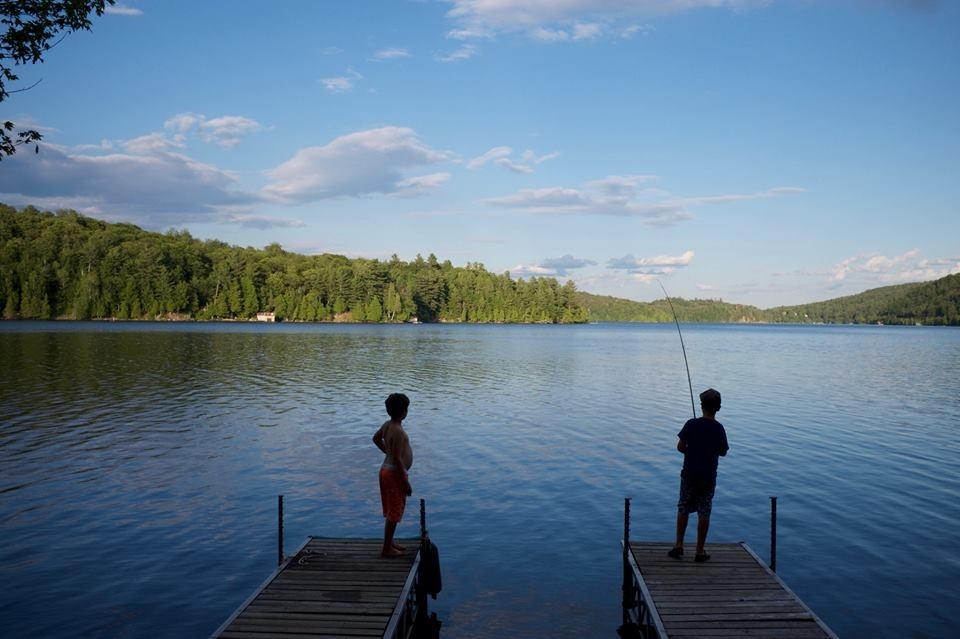
My writings - and those of others.
Learning
When we encounter something we see is wrong, we automatically want to fix it - which hardly ever works. Right now we are dealing with the pre-eminent failures of our country and the wider world to address the two issues of our day - systematic racism and climate emergency. How we got here requires much study and reflection - but also the worldview we have inherited that put us where we are. I am working hard to understand the latter but for today I’ll look at what struck me most profoundly I didn’t know about the Indian Act from Bob Joseph’s excellent short book. It’s almost all of it. I was pleased to see an interview with him in the Globe and Mail this morning.
For a more global view of systemic racism the UN statement here is a good place to start.
These are the things among Joseph’s 21 that are most damaging
First nations had systems of government based on heredity that worked for them. We imposed an elected system that did not meet their needs and competed with their own. The traditional leadership often continued with different responsibilities allocated to the two systems, creating the same kind of disputes and confusion that we already live with between federal and provincial areas of jurisdiction.
Women had no status from 1869 to 1985. If a woman married a non status person, she lost her own status and had to leave the reserve. If a male married a person without status, that person was granted status on the reserve. Since women played a significant role in traditional leadership - and often succession was from a matrilinial line, this was a further outrage.
People were placed on reserves from 1876 until today. This meant that people were moved from the land they used with care and viability to places where they more often than not had little ability to flourish. Even then the government reserved the right to take reserve land away for public works.
They took away their names and gave them European ones. As the last of my branch of a family that can list its ancestors back several centuries, I can only imagine the effect of this.
They needed a permit to sell produce from farms - because their produce would compete with that those on the lands that were taken from them.
They could not buy guns, alcohol or go to pool halls.
Worship ceremonies were illegal. (They had to go underground - and they did.)
They couldn’t even leave the reserve without the permission of an Indian Agent.
That is enough outrage for one day. We will have to continue with more of it - and reckon with what is still in force.
Taking the Heat
On this Canada Day there are two images of life here:
People in Litton, British Columbia, trying to cope with the highest temperature ever recorded in the country and one the hottest places in the world - 49.6 degrees Centigrade and 121 degrees Fahrenheit. Why is this happening in a mountainous region where on a previous visit, I saw snow in the middle of summer on the heights of some of the nearby mountains?
Because - as Scientist Eric Holthaus writes in The Guardian,
“Climate change is not just warming the surface of the planet, it’s warming Earth’s entire troposphere – the lowest layer of the atmosphere where all our weather occurs. That’s particularly true in mountainous areas, where temperatures are rising even faster than elsewhere. When snow and ice recedes or even disappears from mountains, the bare soil beneath can warm unimpeded. A 2015 study found that mountainous areas above 2,000 meters (6,500ft) are warming about 75% faster than places at lower elevations.”
And the other image:
Churches are burning. It’s no accident that they are Roman Catholic Churches near First Nations Reserves. Another story this morning reveals even more unmarked graves of residential schools. The searches are only beginning and the lack of response of one of the perpetrator churches is mounting. It is an answer but not the best one. Mourning will not give way to dancing while The Indian Act is still in place. It prohibited not only dancing but any recognition that the sacred practice of anyone outside the settlers’ cultures was suspect. The result was cultural genocide.
I spent yesterday reading “21 Things you Didn’t know about the Indian Act”. You can watch this video (you can move ahead from the introduction a bit),
This one from TVO is also good - and shorter.





